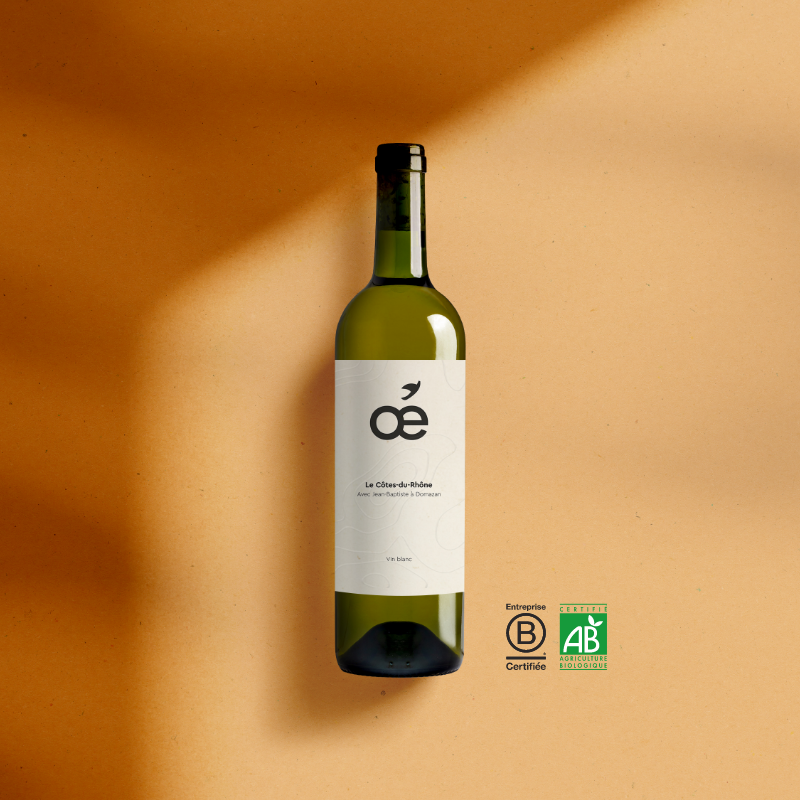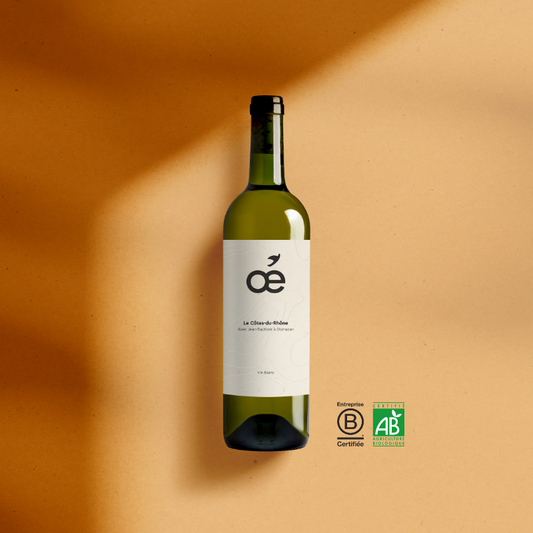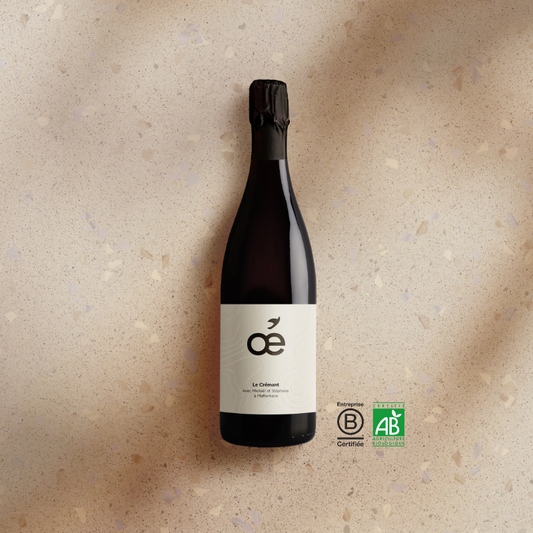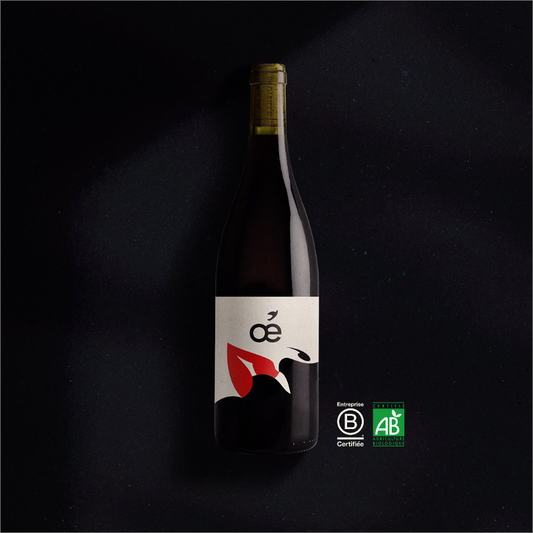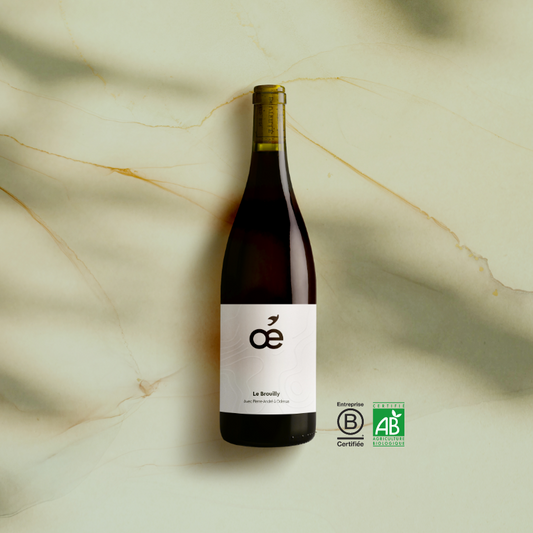If we are in the northern hemisphere, at this time of year there is a little more going on in the cellar than in the vineyard because the harvest is ending, the grapes are pressed and transferred to the winemaker's vats. .
Alcoholic fermentation
And then what happens? Alcoholic fermentation of course! Alcoholic fermentation is a fundamental process for transforming grape juice into alcohol. In the vats, a chemical phenomenon takes place that we call fermentation. The mixture of the skin, the pulp and the grape seed forms the must. A natural yeast present on the grape skin will, in contact with the juice, transform the sugar into alcohol and generate carbon dioxide. This is how the must is gradually transformed into wine. From the skin are extracted three very important components in red wine: color, tannins and polyphenols, with natural antioxidant properties.
Three Grape Extraction Techniques
There are several extraction techniques, such as pigeage, pumping over or shedding. These are technical terms used in the profession, but don't panic, it's not the most complicated!
Pigeage is a process used mainly for high-end wines, the aim being to promote contact between the skins of the grapes and the juice in order to extract the various properties listed above: colour, tannins, polyphenols.
Delestage is a slightly more aggressive technique because the juice is removed from the tank and transferred to another empty tank. The hat of skin then settles very slowly at the bottom of the tank and we switch the transfer from the other tank back to this same tank in order to break up this agglomerate of skin and thus release the components of the skin.
The reassembly is exactly the same process but using the same tank. The juice is sucked from the bottom to raise it upwards, which breaks the agglomerate of skin at the bottom of the tank and thus releases its components in the same way as the load shedding.
Malolactic fermentation
Once the alcoholic fermentation has been completed, it is necessary to wait for the malolactic fermentation to begin. But what is “malolactic”?
Chemically speaking, it is when malic acid turns into lactic acid. Tastefully speaking, this gives a less green acidity, less aggressive tannins and more roundness to the wines.
If the wines are aged in vats, all you have to do is keep an eye on them daily. If they are aged in barrels, the barrels must be filled with wine and their micro-oxygenation monitored. Indeed, the natural pores of the wood allow a micro-oxygenation of the wine - that is to say the passage of oxygen in the wine - which will bring aromas slightly different from those which are formed in the vat, such as aromas of vanilla or prunes. It is also important to take care of the wines of previous years because in general, the winemaker ages his wines between 12 and 24 months in oak barrels. It is therefore necessary to think of bottling the wines of the previous year at this time as well. Obviously, all this depends on each winemaker, his wishes in terms of results and the size of the estate.
Work in the vineyard in October
Now it's time for work in the vineyard in October! What happens there? When the harvest is over, we have to wait until all the leaves have fallen before starting to prune the vines. For this, we can already start preparing it by removing the staples and lowering the wires of the trellising. To protect the vines from the coming winter, we can cover the vines with earth, like a winter blanket, so that the vines do not suffer from winter frosts.
It is also during this period that winegrowers choose to replace damaged stakes, repair wires or uproot dead or diseased vines. It is also still possible to grass the rows in order to avoid soil erosion. Again, it all depends on the weather conditions, Mother Nature decides the evolutionary process of the plant!
If the harvest is not finished at this time, because the grapes have matured longer than expected, we cannot yet begin preparing the vines for winter. If we are in the southern hemisphere of the planet, we are no longer in autumn but in spring. The cycle of the plant is therefore not the same! The work of the vineyard and the cellar are then very different.
